“Times have overlapped for me, my own and Murad’s… my Doppelganger, who has become my enemy and deceived me more than once! I was like someone riding in a chariot pulled by a horse without a driver, taking him to places he knows not; but nothing lasts forever. And after I was incarnated, I realized what I hadn’t realized at the time: knowledge, insight, ability, and potential. Over the years, I have become what you and others consider miracles, but in comparison to mere possibilities: I can turn coal into diamonds, walk on water, penetrate fortresses and walls, and know the algorithm of events through their branches, the paths of life. Impossible has become a word with no place in my vocabulary. But… Despite all this, I still don’t know how I was incarnated here and left my body there in the time I came from. My Doppelganger deceived me when he made me sever ties with my old body. Most likely, he didn’t expect me to be incarnated here; perhaps he thought I would vanish and he would remain. But I didn’t vanish; I was incarnated without my knowing how. There is no way to know except by separating the soul from the body again so that I can go to its world and see what happened to it and to me. In knowledge lies salvation, and here, my friend, comes your role… You are the only one who can help me now. You promise this until I find a way to separate without needing to sleep. Through this window, we can read “Qareen,” the third and final part of the trilogy “Knights and Priests,” by the writer Dr. Munther Qabbani, with what it represents here in terms of artistic presence within a creative achievement in which he was the player par excellence. We say “player,” because he is the one who began to select, modify, illuminate, and obscure the signs, masks, and images that indicate the ambiguity in which the reader of the text inevitably finds himself. However, after a careful reading, he soon realizes that this ambiguity does not originate from the writer, but rather from the character—the narrator, whose identity Qabbani preferred to keep ambiguous—which is the character of his hero, “Murad” Qatar, whom we saw in the first two parts of this trilogy, and whom he deliberately kept, likewise here, distributed between manifestation and concealment, relying on the strategy of imaginative formulation that blends the real with the imaginary and the dreamed of within a psychological conception based on the image of the doppelganger, who was embodied within a specific textual structure that moves as the other visible, material presence of the inner self of the character of Murad; to also be a heroine character who plays her role as doppelganger. It moves in parallel with the other central human structure in the text, namely Murad Qutuz, as he appears confronted by his other self, moving freely between places and times, and through its involvement in events and movements. Here, the narrator focuses more on observing the movements of this doppelganger, who becomes the primary and essential actor in tracking events and monitoring the other characters. He is tasked with narrating news, conveying information and facts to the recipient, and sometimes even involving them in the reading game.
save
د.ا0.50The Doppelganger of the Final Part of the Knights and Priests Trilogy
د.ا8.50د.ا9.00
“Doppelganger” is the final part of the “Knights and Priests” trilogy, in which the events of the battle of powers and historical conflicts unfold within a suspenseful dramatic framework.
Available on backorder
| Author | |
|---|---|
| Year | |
| Publisher | Arab House of Science |
Customer Reviews
There are no reviews yet.
You may also like…
-
Nahj al-Balagha
د.ا7.50It is a collection of sermons, letters, and sayings of Imam Ali ibn Abi Talib, reflecting his wisdom and eloquence in matters of religion, politics, and morality.
د.ا8.00 -
Ibn Arabi’s Interpretation in Two Parts
د.ا13.50This book presents profound Sufi interpretations of the verses of the Holy Quran in a spiritual and philosophical style.
د.ا14.00 -
Al-Tabari’s History: A History of Nations and Kings Six Parts
د.ا47.50This book chronicles the events of nations and kings from the beginning of creation until the end of the third century AH in a precise, encyclopedic style.
د.ا48.00
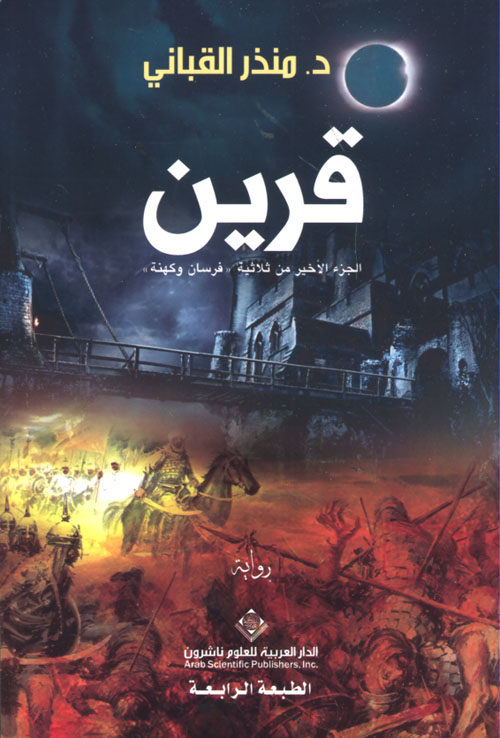
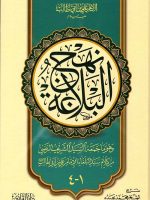

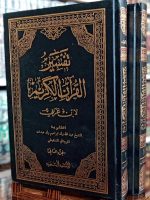
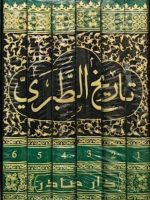





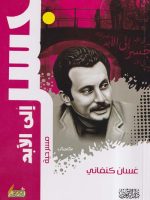

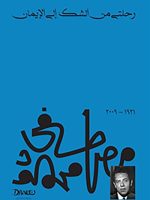
Be the first to review “The Doppelganger of the Final Part of the Knights and Priests Trilogy”